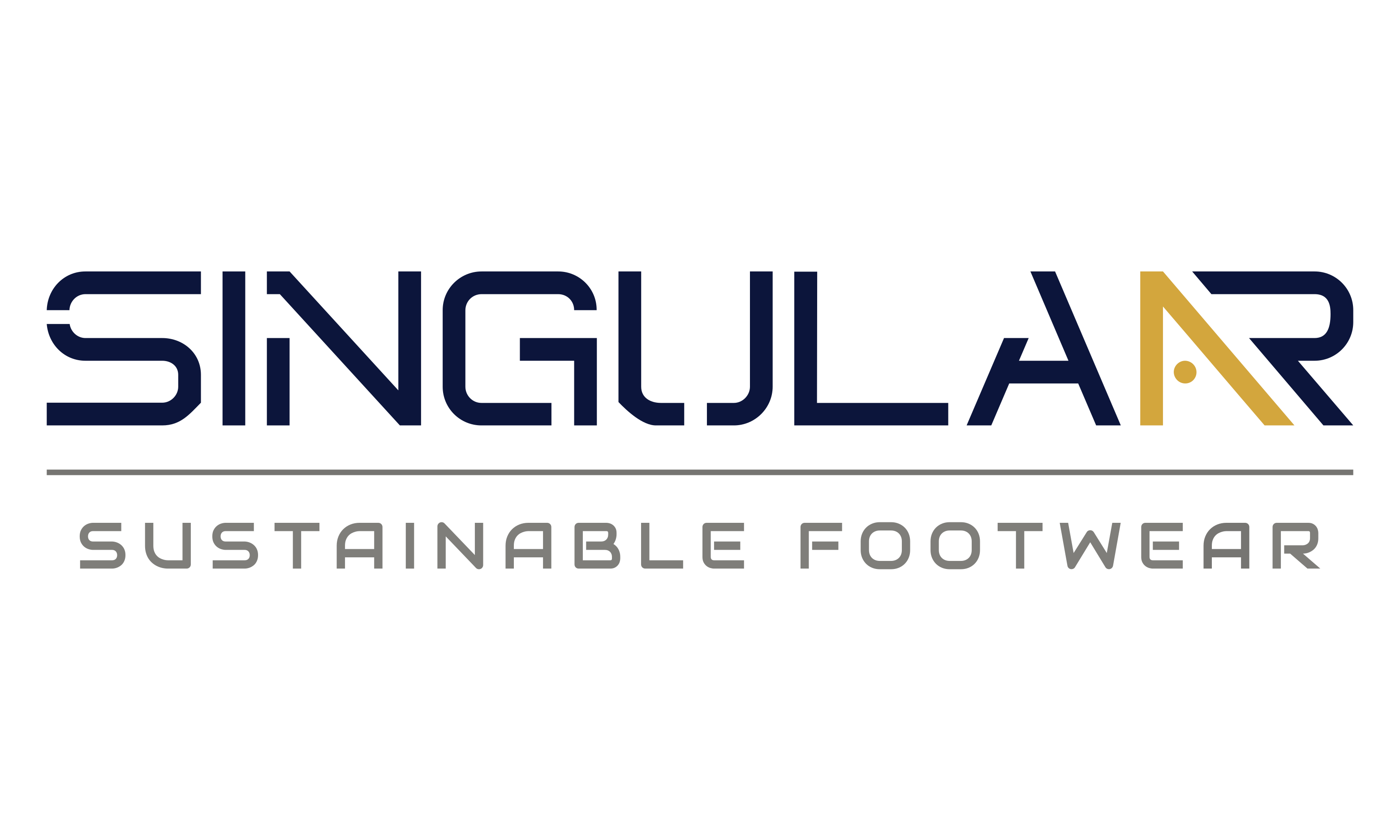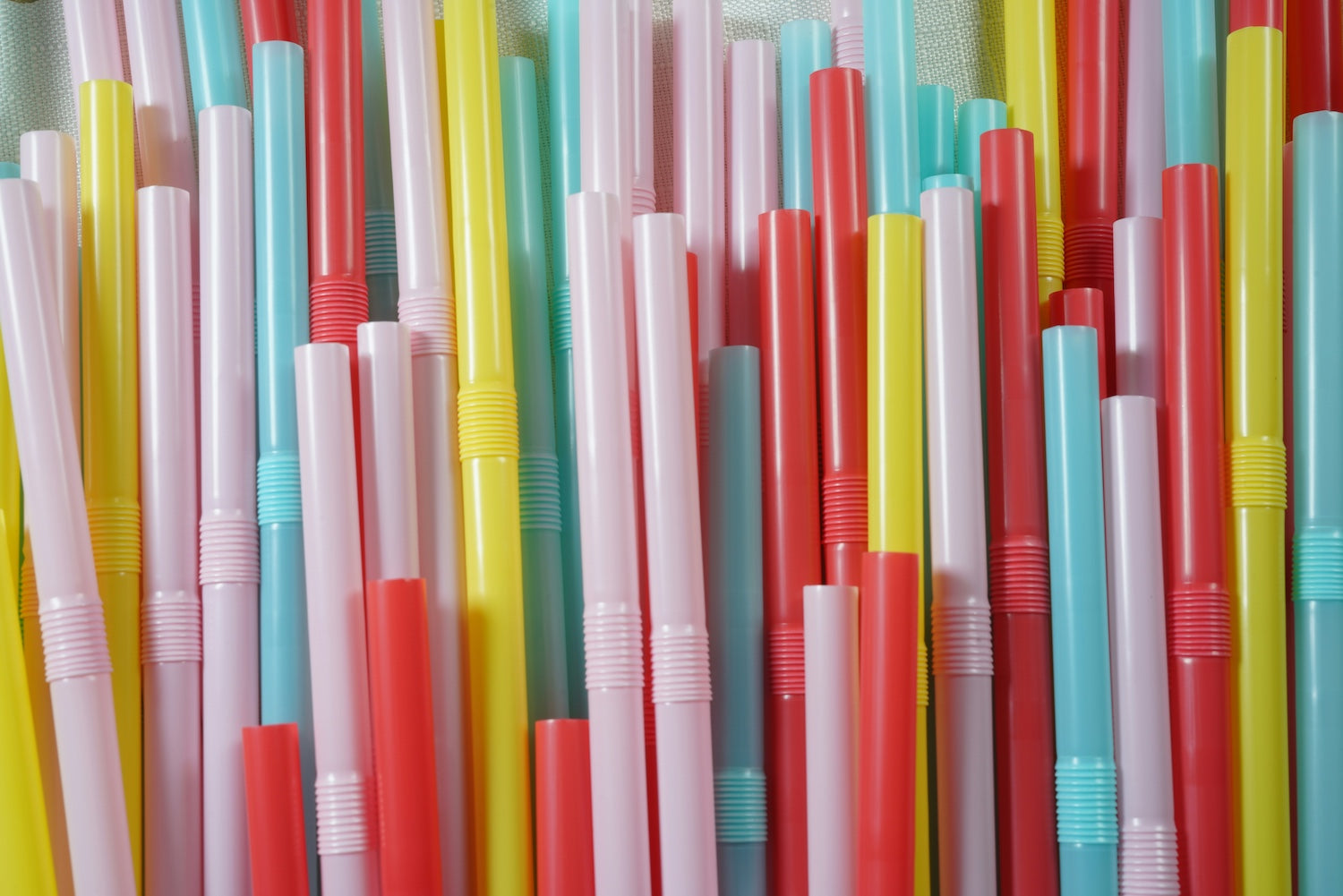Challenges in the Manufacturing Process
Producing sustainable sneakers is a complex challenge. From selecting eco-friendly materials to optimizing production methods, numerous obstacles must be overcome. Many companies continue to cut costs by using plastics that take an eternity to decompose, posing a long-term environmental burden. At Singulaar, we believe that making environmentally friendly shoes requires innovation and commitment from all involved.
The first step is choosing sustainable materials. However, this is not as simple as it sounds. We use eco-friendly materials such as recycled plastics, natural rubber, and Leather Working Group (LWG) premium leather. This leather is processed in tanneries that use clean energy and avoid harmful chemicals like chromium. While these materials are great for the environment, they come with higher production costs and more complex supply chains.
We are committed to integrating these materials into our products. Our insoles and laces are made from recycled plastic, and we use natural rubber for our soles, making them both durable and eco-friendly. Additionally, we ensure that our manufacturing partners operate with clean energy and adhere to ethical working conditions.
Reducing Environmental Impact Through Shipping
Shipping is another major hurdle in the journey towards sustainable sneakers. Transporting products over long distances, especially by air and sea freight, significantly contributes to greenhouse gas emissions. Airplanes burn vast amounts of jet fuel, generating considerable CO₂ emissions, while cargo ships pollute the oceans and disrupt marine life.
At Singulaar, we address this issue by manufacturing our sneakers close to our key markets. By producing our shoes in Istanbul, near our core markets in Germany and France, we minimize the need for long-distance transportation. This allows us to rely more on truck transport, which has a smaller ecological footprint than air and sea freight.
Managing Online Returns and Excess Inventory
Online shopping has revolutionized the way we buy shoes but also presents new sustainability challenges. High return rates and excess inventory are major concerns. Returns increase the carbon footprint due to additional shipping, and surplus stock can lead to significant waste if not managed properly.
Embracing Eco-Friendly Design and Innovation
Despite these challenges, innovations in design and production are paving the way for more sustainable sneakers. Advances such as e-textiles, which function as sensors, eliminate the need for embedded electronics. This makes repairs and recycling easier while also enhancing user comfort. Recycling initiatives, such as refurbishing old shoes with recycled materials, extend product lifespan and reduce waste.
Digital technology also plays a crucial role. Custom-made, locally produced shoes help minimize waste and ensure a perfect fit for customers, further reducing environmental impact.
The Need for a Universal Environmental Assessment Method
To tackle these challenges comprehensively, the European Commission promotes the Product Environmental Footprint (PEF). This initiative aims to provide a standardized method for calculating and communicating the environmental impact of products. PEF covers a wide range of factors, from resource use to toxicity, helping to identify key areas where interventions would be most effective. Studies estimate that the majority of a shoe’s environmental impact comes from the materials and components chosen during manufacturing.
The Importance of Eco-Design
Eco-design methods are essential for producing sustainable shoes. Decisions made during the design phase—such as material selection, construction techniques, and production processes—have a significant impact on the final product's environmental footprint. More and more brands are adopting these practices, although it is clear that sustainability is an ongoing journey.
Conclusion
Building a sustainable sneaker business is filled with challenges, from complex manufacturing processes to the environmental impact of shipping and handling returns. However, with innovative design, local production, and ethical practices, the industry is moving towards a greener future. At Singulaar, we are proud to lead this movement. By incorporating sustainable materials and adopting eco-friendly production methods, we are making great strides in creating stylish, sustainable shoes. The introduction of a universal environmental assessment method like PEF is crucial to ensuring that our efforts—and those of the industry—are effective and transparent, ultimately contributing to a more sustainable world.
Producing sustainable sneakers is a complex challenge. From selecting eco-friendly materials to optimizing production methods, numerous obstacles must be overcome. Many companies continue to cut costs by using plastics that take an eternity to decompose, posing a long-term environmental burden. At Singulaar, we believe that making environmentally friendly shoes requires innovation and commitment from all involved.
The first step is choosing sustainable materials. However, this is not as simple as it sounds. We use eco-friendly materials such as recycled plastics, natural rubber, and Leather Working Group (LWG) premium leather. This leather is processed in tanneries that use clean energy and avoid harmful chemicals like chromium. While these materials are great for the environment, they come with higher production costs and more complex supply chains.
We are committed to integrating these materials into our products. Our insoles and laces are made from recycled plastic, and we use natural rubber for our soles, making them both durable and eco-friendly. Additionally, we ensure that our manufacturing partners operate with clean energy and adhere to ethical working conditions.
Reducing Environmental Impact Through Shipping
Shipping is another major hurdle in the journey towards sustainable sneakers. Transporting products over long distances, especially by air and sea freight, significantly contributes to greenhouse gas emissions. Airplanes burn vast amounts of jet fuel, generating considerable CO₂ emissions, while cargo ships pollute the oceans and disrupt marine life.
At Singulaar, we address this issue by manufacturing our sneakers close to our key markets. By producing our shoes in Istanbul, near our core markets in Germany and France, we minimize the need for long-distance transportation. This allows us to rely more on truck transport, which has a smaller ecological footprint than air and sea freight.
Managing Online Returns and Excess Inventory
Online shopping has revolutionized the way we buy shoes but also presents new sustainability challenges. High return rates and excess inventory are major concerns. Returns increase the carbon footprint due to additional shipping, and surplus stock can lead to significant waste if not managed properly.
Embracing Eco-Friendly Design and Innovation
Despite these challenges, innovations in design and production are paving the way for more sustainable sneakers. Advances such as e-textiles, which function as sensors, eliminate the need for embedded electronics. This makes repairs and recycling easier while also enhancing user comfort. Recycling initiatives, such as refurbishing old shoes with recycled materials, extend product lifespan and reduce waste.
Digital technology also plays a crucial role. Custom-made, locally produced shoes help minimize waste and ensure a perfect fit for customers, further reducing environmental impact.
The Need for a Universal Environmental Assessment Method
To tackle these challenges comprehensively, the European Commission promotes the Product Environmental Footprint (PEF). This initiative aims to provide a standardized method for calculating and communicating the environmental impact of products. PEF covers a wide range of factors, from resource use to toxicity, helping to identify key areas where interventions would be most effective. Studies estimate that the majority of a shoe’s environmental impact comes from the materials and components chosen during manufacturing.
The Importance of Eco-Design
Eco-design methods are essential for producing sustainable shoes. Decisions made during the design phase—such as material selection, construction techniques, and production processes—have a significant impact on the final product's environmental footprint. More and more brands are adopting these practices, although it is clear that sustainability is an ongoing journey.
Conclusion
Building a sustainable sneaker business is filled with challenges, from complex manufacturing processes to the environmental impact of shipping and handling returns. However, with innovative design, local production, and ethical practices, the industry is moving towards a greener future. At Singulaar, we are proud to lead this movement. By incorporating sustainable materials and adopting eco-friendly production methods, we are making great strides in creating stylish, sustainable shoes. The introduction of a universal environmental assessment method like PEF is crucial to ensuring that our efforts—and those of the industry—are effective and transparent, ultimately contributing to a more sustainable world.




Leave a comment
All comments are moderated before being published.
This site is protected by hCaptcha and the hCaptcha Privacy Policy and Terms of Service apply.